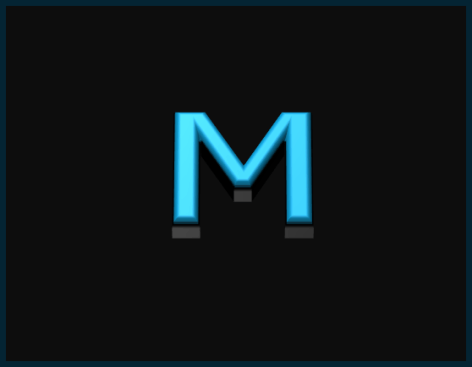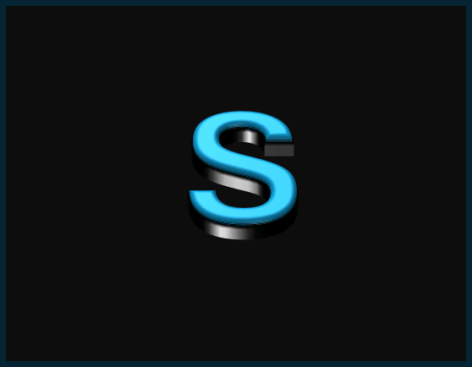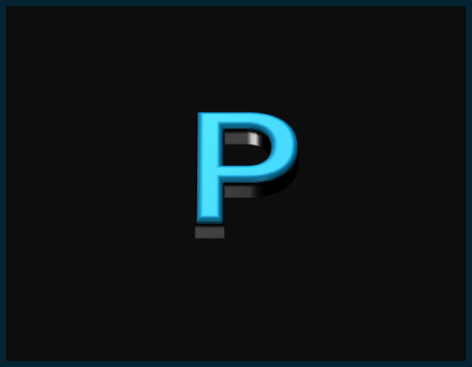











Mirrors more often than not will always be used in pairs. It must always be the relevant mirrors that are used
A signal is to notify others of your intentions. Although you may be in a designated lane to, let's say turn left, a pedestrian or cyclist my not know what road markings mean. A road marking shows you what you must do, a signal let's other know what you intend to do.
Are you turning left, right or going ahead? your vehicles position will help enforce your intentions to other road users.
Make your intentions clear. You wouldn't want to be alongside the kerb but signalling to go right as this could be misleading to others.
Take as much speed out of the car with the foot brake that makes your speed suitable for what you are about to do.
Usually 2nd gear is adequate as this will ensure that you could still stop in necessary or have enough power to get going if it is clear.
Ensure that before you continue on with your journey that it is safe to do so. Judgement on approach speeds of other vehicles takes time to build up the skill to be able to do so. Just ensure that when you commit to continuing that you do not cause another road user to take evasive actions.
Let's break it down and think of the process of that happens when you approach a junction.
You are driving along the road and want to take the next turning on the left.
Do you just slow down and turn into it? NO!
Why not?
Think of the implications of doing this.
You see the turning, press the brake pedal and just turn into the road.
Was there a car behind you before you braked?
How close was that car?
Was there a cyclist coming down the inside of your car?
Was there a car waiting to pull out of the junction ahead?
Were there pedestrians waiting to cross the junction?
What gear are you in?
How fast are you turning into the road?
How tight is the junction?
Are there cars parked in the road you are turning into very close to the entrance of the junction?
Are there parked cars on the opposite side of the road you are turning into?
Will cars proceeding along that road need to be on your side of the road to pass the parked car?
These are just a few of the things you need to consider before continuing with the turn into that road.
Lets now redo that same junction and think about why using the MSPSGL makes sense.
You are driving along the road and want to take the next turning on the left.
1. Check the rear view MIRROR and left MIRROR first.
you need to see if anyone is behind you or to the left of you.
If there is a car behind that is close, how fast are you travelling? How much braking may you need to do?
If you brake hard could that car behind not react quick enough and plough into the bake of you?
What about a cyclist coming down the side of you?
How close are they to you?
Are they going straight on or are they turning left as well?
May you need to gently brake to allow them to cycle straight on before you turn into the road?
If you didn't check your appropriate mirrors you would never know.
2. Now giving a SIGNAL. Initially that signal might be your brake lights letting the car behind know that you are slowing down, followed by an indicator to signify your intentions.
But, when do you put that signal on?
Do you signal at the very last second or way before the junction?
Again by assessing the area around you, you can make an informed decision as to when you should put on the indicator.
Putting it on at the wrong time may not allow the following car to react in time, or it might spook the cyclist as they may not know the you have seen them.
3. By taking up a POSITION slightly to the left of the centre of your lane you are backing up your intentions to other road users. The "body Language" of your car is as good an indication of your intentions as the indicator signal is.
4. How fast is your car travelling? Can you turn into the road safely at the SPEED you are doing or do you need to slow down?
Can you clearly see into the road you are turning into?
By slowing down it will give you enough time to see into the road and make an assessment as to whether you need to stop for pedestrians, heavy traffic, parked vehicles etc.
Turning in too fast could be fatal to someone.
5. Having slowed down is your vehicle now in the correct GEAR to deal with that junction?
Ensure you select the appropriate gear for the speed you are doing prior to entering the new road.
6. Just before you turn into the new road LOOK, make an assessment to what you see, decide on that assessment (is it safe to proceed?) and then act on it.
It may mean you need to stop due to parked cars, pedestrians, traffic lights, backed up traffic, it may be a tight Y junction that needs further slowing.
Whatever the situation, if you don't look into the road first you cannot act on what you don't see.
Timing for the MSPSGL routine will grow with the more experience you get.
Start the sequence early initially as you begin to learn to drive otherwise you will find everything happens all at once and you will find it hard to deal with it all at once.
If things do become overcomplicated in the early days of learning, the best resolve is to slow right down to give yourself extra time to deal with each item individually until you become more comfortable with each area.